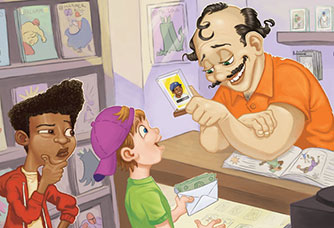Jack weaves through a forest in Washington State, his nose to the ground. The 6-year-old Australian cattle dog mix has caught a whiff of something intriguing. He’s determined to follow the scent trail to its source.
Jack isn’t sniffing in the forest for fun. He’s a detection dog for Rogue Detection Teams. That conservation agency trains dogs to locate traces of wild animals for scientists to study. Often this means sniffing out their scat, or droppings.
“I can tell when Jack picks up a scent,” says Collette Yee. She’s Jack’s handler and a research scientist with Rogue Detection Teams. “His mouth tightens, his nostrils twitch, and his tail starts to wag like crazy.”
The samples the dogs find give scientists important information. Substances in the droppings provide clues about the diet and health of the wild animal they came from. If scientists discover problems affecting the animals, they can take action to help them.

